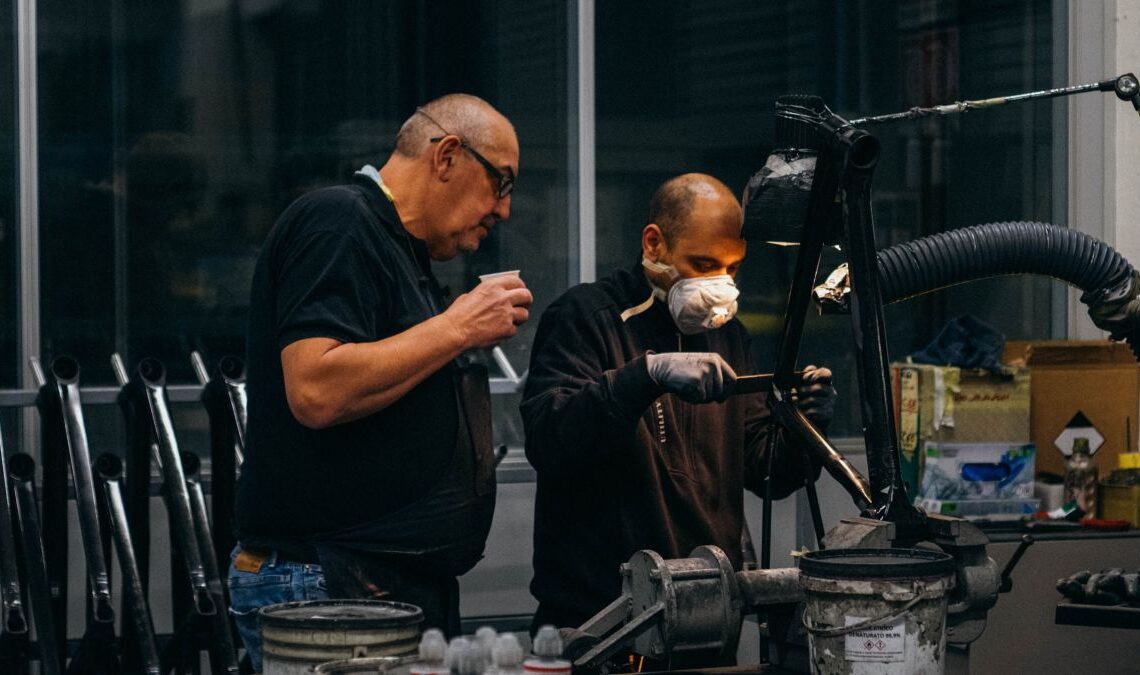Few brands can call on the heritage that Colnago has at its disposal. Even among the storied history of Italian cycling, amongst the likes of Bianchi and Pinarello, Colnago has a place in folklore a notch or two above. Partially I think it has to do with the association it had in the past to riders such as Merckx, Maertins, Saronni, and Museew, and teams like Mapei and Molteni. Whether for the fact it was good tech at the time, or had a good eye for picking winners, it was a brand that had a hell of a pedigree. It was also never a brand afraid to try new things: Integrated cables, carbon monocoque frames, 26in wheels on the road, aerodynamic tubing, all pioneered on bikes conceived and fabricated in what is now the Italian Silicon Valley for cycling; the northern oval taking in Milan, Bergamo and the surrounding area.
While steel is no longer the material of choice for WorldTour pros, Colnagos can now be seen under UAE Team Emirates, and most prominently under Slovenian phenomenon Tadej Pogačar; no doubt now a name to add alongside the greats of the past. While the V4Rs that he and the rest of the team use are finished and assembled in Italy but created overseas, Colnago has committed to keeping its C-Line – that being the C68, C68 Allroad, and C68 Titanium – an entirely Italian product. The carbon tubing is made in Italy, the tubes are assembled into frames in the Cambiago headquarters, shipped to just outside Pisa for paint, and then sent back for final assembly. Even the 3D-printed titanium lugs are made a half-hour drive away from the brand’s base of operations. Its heritage steel frames too, the Master and the Arabesque, are fabricated near the headquarters. In an industry in which the majority of frames are produced in Taiwain, this firm grip on an Italian identity is perhaps key to the brand’s longevity.
While in the North of Italy on some other business, I paid Colnago a visit to see how the brand stands today, and was given behind-the-scenes access to the factory floor, the paint shop, and the facility where the titanium parts are created. I also spent some time in the office backroom where countless priceless and historic bikes are just propped up, dishevelled against the walls, but that’s a treat for a separate piece. For now, let’s look at what ‘Made in Italy’ really means, and why the C68 remains such an object of desire for many.
Each of the small army of frame jigs is covered in…
Click Here to Read the Full Original Article at CyclingNews RSS Feed…

